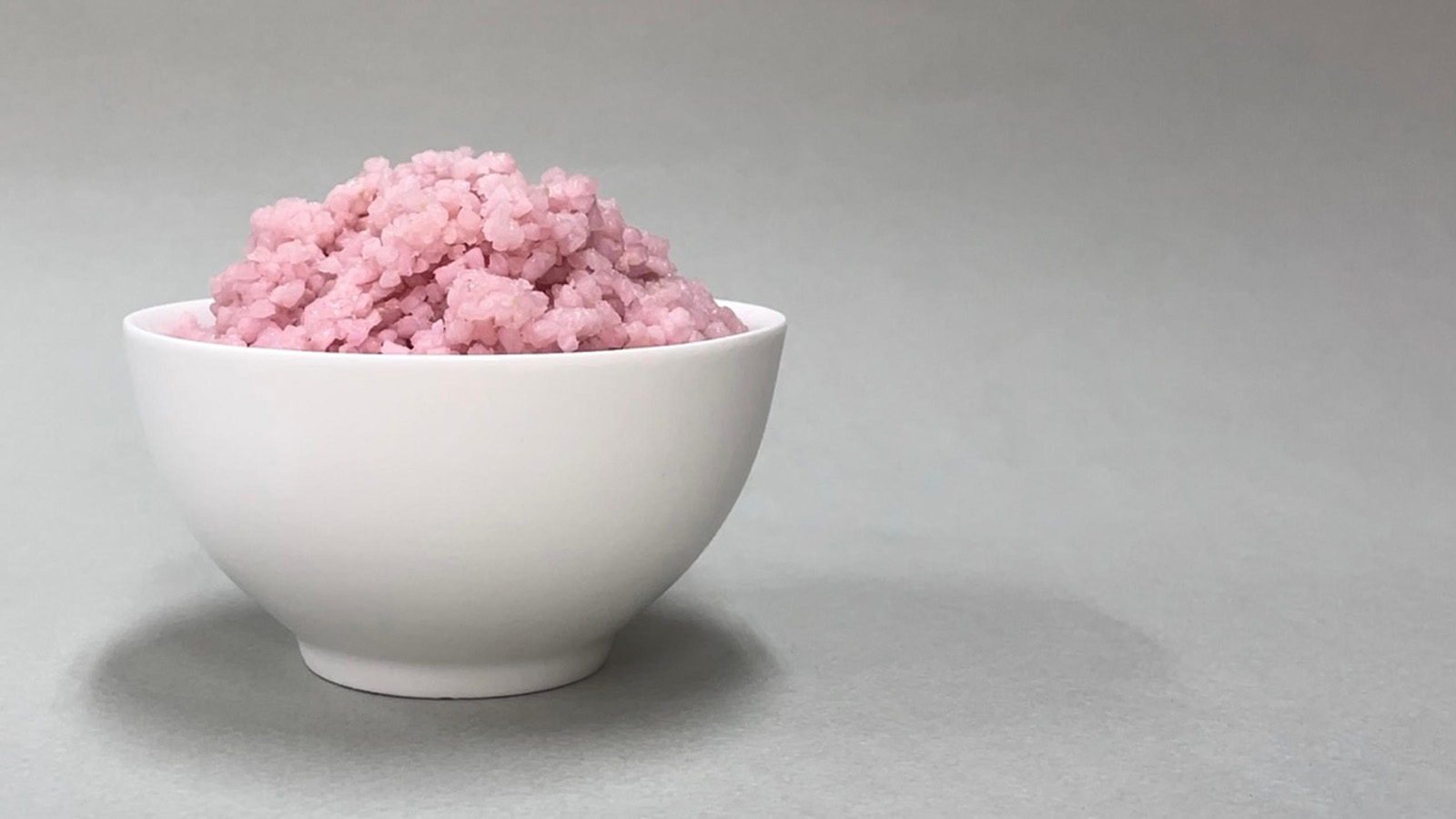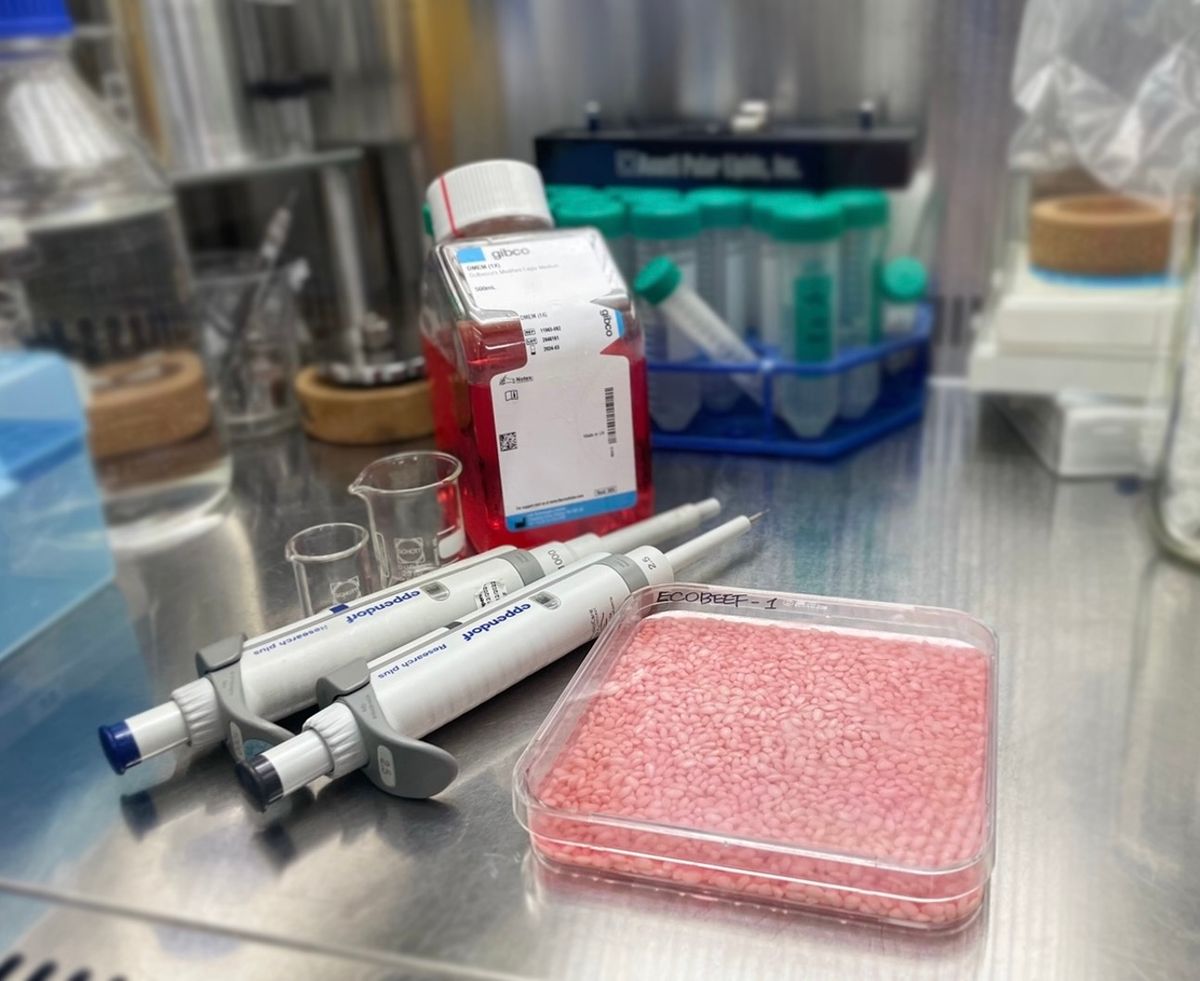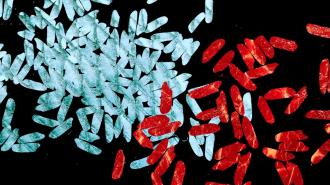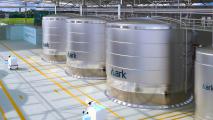By growing cow cells inside rice, Korean researchers boosted its protein content by 8%, without substantially increasing its cost. They hope that this hybrid food could one day help reduce our reliance on cattle — if people will eat it.
The challenge: Rice is one of the most important crops in the world, providing more than 20% of the world’s calories. What it doesn’t provide, though, is a lot of protein. For that, we typically rely on other plants and, increasingly, meat.
Raising and slaughtering animals for food is expensive and bad for the environment (and arguably unethical), so finding other ways to meet our protein requirements will be essential to building a sustainable future.
“It could one day serve as food relief for famine, military ration, or even space food.”
Sohyeon Park
Beef rice: Korean scientists have now figured out an innovative way to boost the protein content of rice: combining it with cultured beef, grown from stem cells in the lab.
“Imagine obtaining all the nutrients we need from cell-cultured protein rice,” said first author Sohyeon Park, a biomolecular engineer at Yonsei University. “Rice already has a high nutrient level, but adding cells from livestock can further boost it.”

How it works: The scientists started by coating rice grains in an edible fish gelatin. They then seeded the rice with cow muscle and fat stem cells and placed them in a petri dish for 9 to 11 days — the gelatin helped the cells grow into the rice during this cultivation period.
After steaming the beef rice, the team analyzed its nutritional value and discovered that it had 8% more protein and 7% more fat than typical rice. The texture was firmer and more brittle than traditional rice, and it reportedly had a somewhat “meaty” aroma.
“While it does not exactly replicate the taste of beef, it offers a pleasant and novel flavor experience,” corresponding author Jinkee Hong told the Guardian. “We tried it with various accompaniments, and it pairs well with a range of dishes.”

Looking ahead: If commercialized, the scientists claim their beef rice could be made for $2.23 per kilogram ($1.01 per pound).
They also say their process would generate less than 6.27 kg of CO2 for every 100 grams of protein, while beef generates 49.89 kg per 100 grams of protein. (Of course, you’d have to eat a lot of beef-rice to get the same amount of protein.)
They plan to continue developing the rice to see if they can boost its nutritional value even more. They’re also eager to explore potential uses for the food beyond getting more sustainable protein into the average person’s diet.
“I didn’t expect the cells to grow so well in the rice,” said Park. “Now I see a world of possibilities for this grain-based hybrid food. It could one day serve as food relief for famine, military ration, or even space food.”
Update, 3/25/24, 11:30 am ET : This article was updated to correct a miscalculation in the estimated cost of the beef rice per pound.
We’d love to hear from you! If you have a comment about this article or if you have a tip for a future Freethink story, please email us at [email protected].






